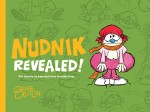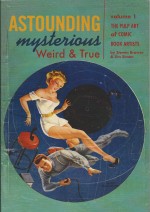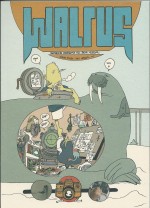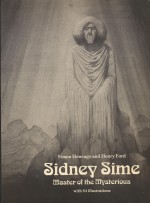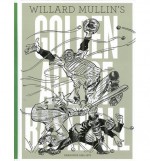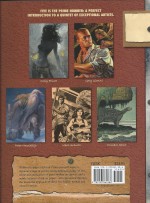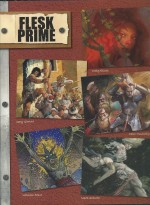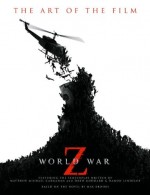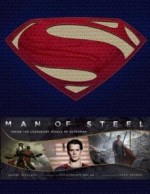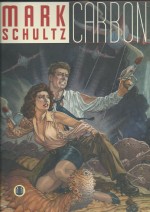
By Mark Shultz (Flesk)
ISBN: 978-1-933865-54-6
After everything is said and done the most immediate response to narrative art is inevitably visceral and visual.
We take and tell our stories in picture form, and the sheer ability to express emotion and put the impossible on paper always captivates and leaves us wondering “how did he/she do that�
It’s the reason why collections of comics art always have such amazing impact. We get to marvel at spectacular pretty pictures whilst stealing a furtive glimpse behind the curtain at the working of wonderment.
One maestro more than happy to share his secrets is Mark Shultz. The writer/artist shot to stardom after his 1986 EC Comics-inspired Xenozoic Tales (a magnificent blend of pulp fiction, Fifties automobile chic and honking great dinosaurs) hit an instantly addictive chord with the comics-buying public.
The publication spawned an animated TV series, assorted arcade, video and role-playing games, trading cards, action figures, candy bars and a succession of reprints (comics and graphic novel collections) from Kitchen Sink, Marvel and Dark Horse – mostly under its showbiz title Cadillacs and Dinosaurs.
Since then Schultz has become one of the industry’s biggest stars: tackling Superman, Batman and high-profile movie properties such as Aliens and Predator whilst always pursuing his great love: classic adventure archetypes like Tarzan, Conan and Doc Savage. Since 2004 he has been the writer of the Prince Valiant Sunday strip.
This particular oversized (305 x 232mm) collection of sketches, working drawings and finished pieces concentrates on a procession of his most pulchritudinous pulp princesses, lusty he-men and fantastic beasts in incredible unworldly locations: offering astounding insight into his creative process through breathtaking gatefolds displaying the progression from idea to full-painted finished art.
This compelling compendium of captivating heroines, bombastic barbarians, jungle kings and queens, space heroes, Martian Princesses, savage beasts, two-fisted types, what looks to me like DC’s iconic war heroes The Losers and so many wonderful dinosaurs also includes many scenes from Xenozoic Tales, sketches from forthcoming works and a tremendous informative bonus feature.
Schultz is as much science buff as fantasy aficionado and kicks off this book with the heavily illustrated inside story of how he was asked by pal and top bone-boffin Dr. Michael J. Ryan to produce the first visual representations of a newly-discovered dinosaur in ‘Introducing Xenoceratops‘ (or Xenoceratops Foremostensis, to give it the full formal title)…
Flesk Publications specialises in art books and the lavish tomes they produce are dedicated to the greats of our industry, with volumes on sequential narrative and fantasy illustration starring Steve Rude, Al Williamson, James Bama, Gary Gianni, Franklin Booth, William Stout and Joseph Clement Coll and many, many more.
The beautifully intimate glimpses of a master at work, with full-colour reproduction capturing every nuance of those gorgeous pencil or brushstrokes, make this a book a vital primer for anybody dreaming of drawing for a living, and the stirring lavish material revealed here will enthral and entice every fan of wondrous worlds and fantastic forgotten realms.
© 2013 Mark Schultz. All Rights Reserved. All artworks, features and properties © 2013 the individual creators, owners or copyright holders.

